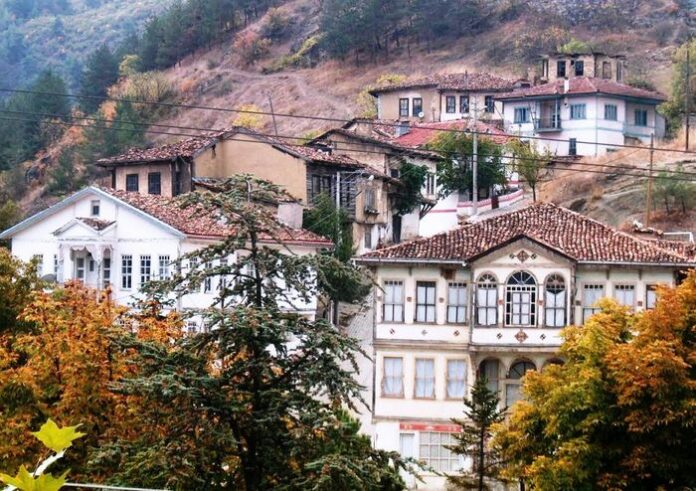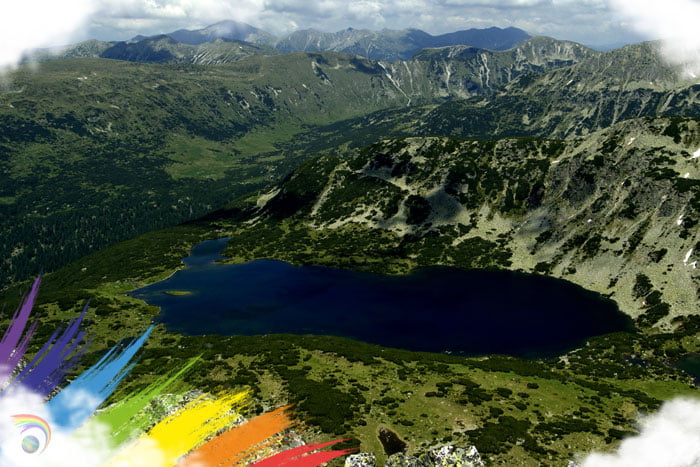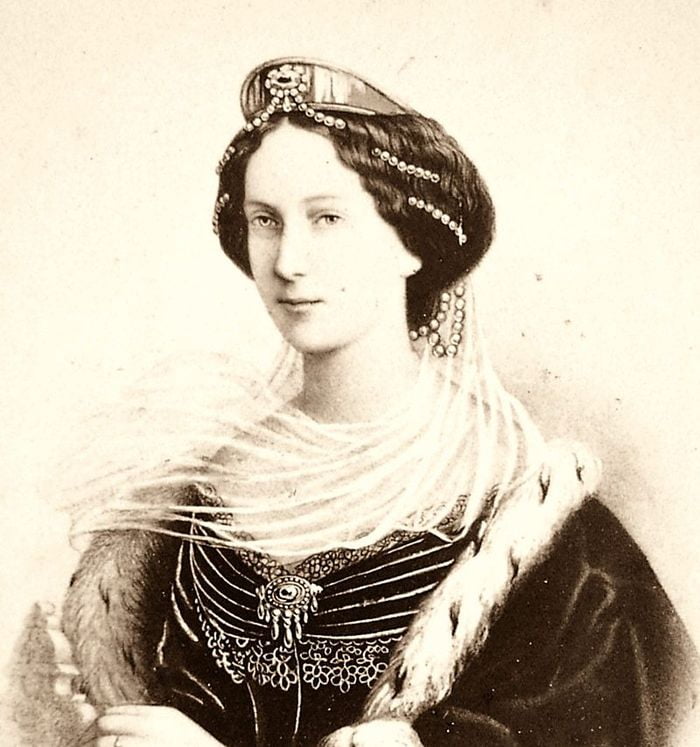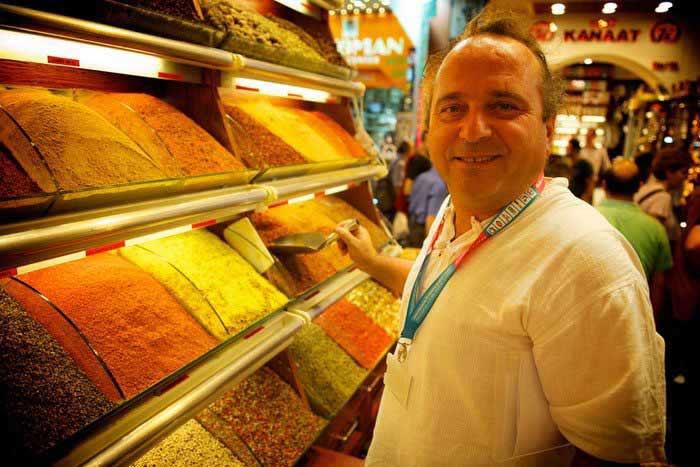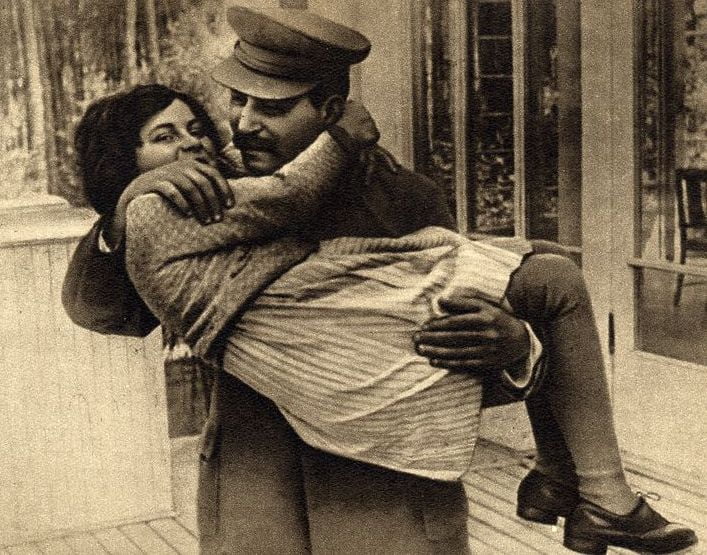The church in Philadelphia represents what I call the revived church. This time period started around the early 1800s and continues until the Rapture (the event when Christians believe they will be taken to heaven). The church in Philadelphia is known for returning to the Word of God.
The City of Philadelphia Today
I have visited the modern city of Philadelphia, which is now a small, prosperous town in Turkey. It is located in a beautiful valley that is far from the coast, about 125-150 miles inland. The valley is very wide, stretching from north to south. The Cogamis River flows through the valley and joins the Hermus River The Growth of Sardis.
Today, Philadelphia is spread out over several hills in a picturesque setting, but it is now a typical Turkish town.
Earthquakes and Population Changes
Philadelphia is in an area that is often affected by earthquakes. Over time, many people moved away due to the earthquakes and wars. During times of conflict, like when Tamerlane and other pagan leaders attacked from the East, many people were killed. As a result, no descendants of the original population remain in the city today. However, Philadelphia has been continuously inhabited since it was first established Customized Daily Istanbul Tours.
Greek Influence on Philadelphia
In ancient times, Philadelphia was like a Greek island in a land that was considered pagan by the Greeks. The area was part of Lydia, and the people here were originally Lydians. However, by the time of the apostles, the Greek language had become dominant, and Philadelphia became a Greek colony.
Philadelphia was known as a “little Athens” because it was a Greek city in an Asian and Anatolian region, which was not Greek.
Philadelphia’s Role as a Fortress City
Philadelphia was built as a fortress city to protect the larger cities like Ephesus, Smyrna, and Pergamum. These larger cities were major centers, and Philadelphia’s role was to stop or slow down enemies who tried to invade or destroy them.
